Delta Connection flight received sink rate alert before Toronto Pearson crash
Aerotime
MARCH 21, 2025
A large portion of the tail, including most of the vertical stabilizer and the entire horizontal stabilizer, also broke away from the aircraft. However, the pilots could not use the flight deck door, and they were forced to use the escape hatch on the cockpit ceiling which was now positioned towards the ground.

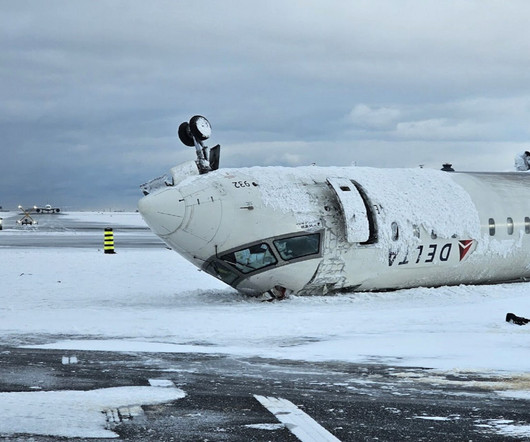
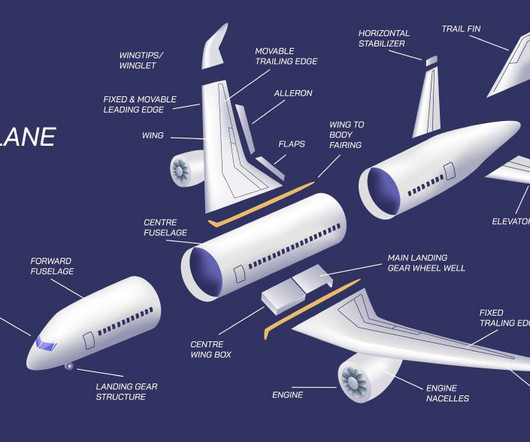
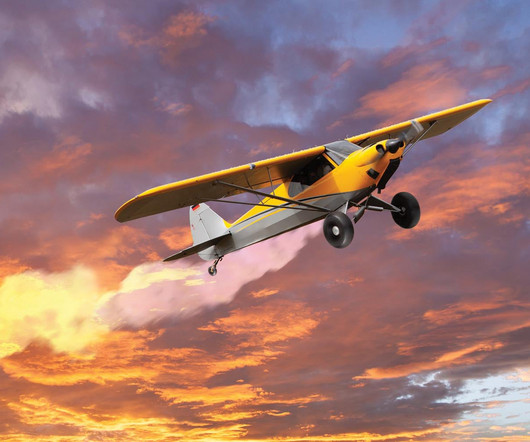
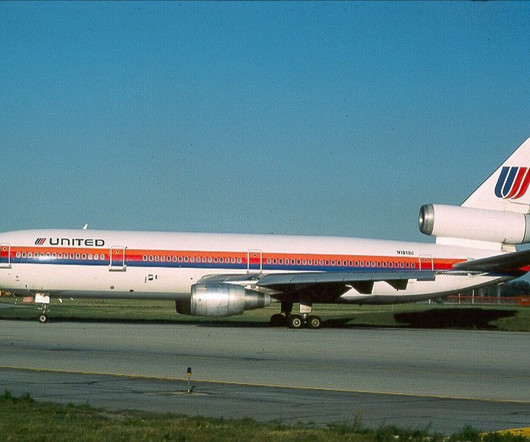
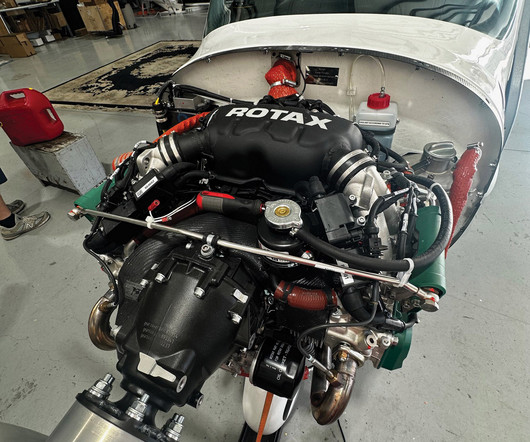






Let's personalize your content